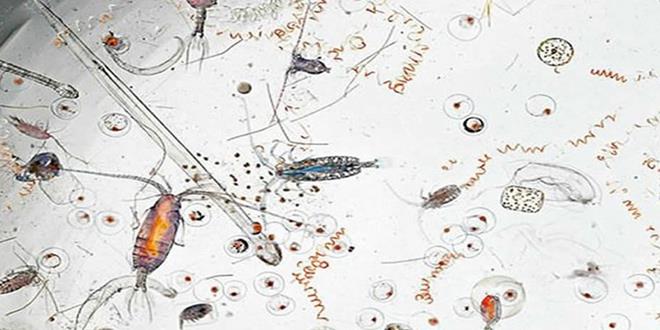To differentiate the sexual dimorphism in mussels and to observe the fecundation of them.
MATERIAL
- A knife or a cutter
- Slide and a coverslip
- Tank work
- Forceps
- Dropper
- Optical microscope
- Needles
- Distilled water
- Sea water
- Mussels (male and female)
PROCEDURE
- Buy a kilo of mussels, they have to be closed and fresh.
- Open them with a knife or a cutter, cutting the borders until the two muscles that keep them closed had broken.
- The reproductive system of the mussel is formed by gonads, which in the sexually mature individuals occupy the greater part of the body, and especially the mantle. In the females they have a red-orange color more or less intense and in the males white-cream.
- Break a small piece of the female mantle that it must covered by sea water with the help of a forceps.
- With a dropper, take a little part of the pink liquid (ovum) and put them in a slide.
- Repite the previous operation but now with the male. Take with a dropper the white liquid(sperm) in the same slide but in a different side of the pink liquid.
- With the needles establish a bridge between them. And observe in the microscope.
RESULTS
QUESTIONS
- Differences betweeen male and female mussel
- The reproductive system of the mussel is formed by gonads, which in the sexually mature individuals occupy the greater part of the body, and especially the mantle. In the females they have a red-orange color more or less intense and in the males white-cream.
- Mark the anatomical parts of the mussel.
- Family / class / order / suborder in Latin.
Mytilidae, bivalvia, mytiloida, pteriomorphia.
- Do the gametes move? Why the male mussel have the tail smaller than in human esperamtozoides?
They do not move and the tail of an espermatozoide is smaller because it doesn't have to arrive until the ovum. The two gametes fuse in the middle.
- Internal or external fertilization?
Ovuliparity is a type of oviparity, a process of sexual reproduction by which both the fertilization of the zygote -union of the male and female gametes- and the development of the embryo occurs in the external environment, outside the urogenital apparatus of the female.



















































